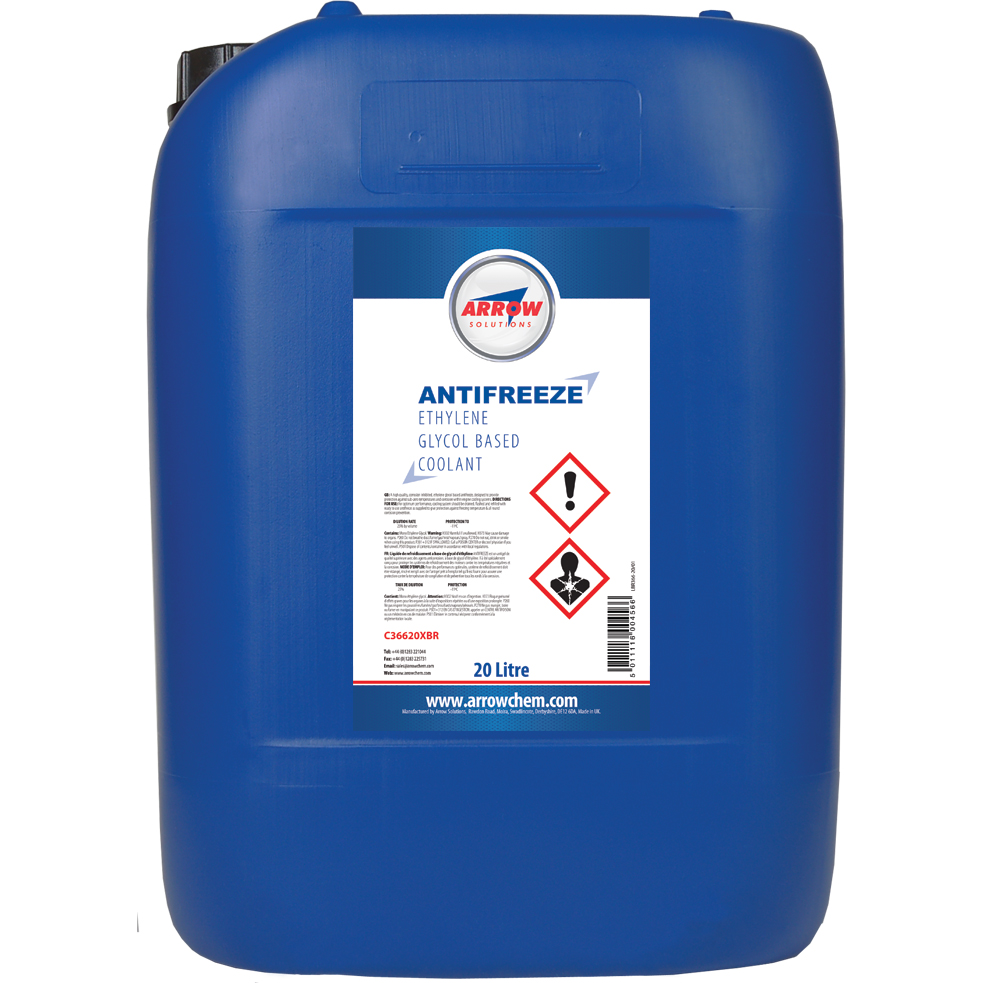
Ethylene Glycol Overdose in the Emergency Department
26th September 2022Application Of HECTOR For Silver Trauma – Benefits and Guidance
17th October 2022The Heartlands’ Elderly Care Trauma and Ongoing Recovery Programme, known as HECTOR, was introduced to highlight issues in elderly injury when presenting to clinicians and independent practitioners.
The Silver Survey aims to pick up and identify the additional risks when elderly patients experience injury and trauma and move forward more appropriately from the point established trauma courses cover. Established trauma courses do not consider delirium factors predisposed in many elderly trauma cases. Therefore, further considerations for the care of elderly trauma are required. Definitive management strategies for injury and patient care in the elderly must consider the patient’s age, pre-injury status, trauma response over time and predisposition to developing delirium.
Delirium
Delirium, as a clinical syndrome that can impair cognitive function and perception, can also disturb consciousness. It can present an acute onset and fluctuating course. Elderly patients are more at risk of delirium onset following injury. Preventing the onset of delirium is an independent risk factor for patient mortality and the length of hospital stay.
Hector introduced the ‘Silver Survey’ to consolidate the findings of the primary and secondary surveys to identify the risk factors that could see delirium present. Early management of any presenting states and assessment of any subtle changes that occur could precipitate the early identification of delirium risk factors. Appropriate action and management through an individualised focus on the patient, where the lead clinician can take the time to look beyond the acute trauma aspects, will allow management strategies for the patient to reduce their likelihood of developing delirium.
The Silver Survey should be carried out as early as possible in patient care and as soon as safe to do so after critical care and theatre procedures necessary immediately are carried out.
The Silver Survey
The Silver Survey involves obtaining information from the patient and family members regarding a medical and social perspective as soon as possible. The primary ABC survey progresses to review dentition and swallowing functions that could hinder nutritional adequacy. Breathing and respiration checks should recognise the patient’s trauma responses where they are in pain or suffer more than two broken ribs along with hypoxia, the risk from pain, as a greater risk of developing delirium. Early pain management should consider the risk of progressive respiratory failure, and the patient should be referred to the relevant respiratory and pain management teams.
Pain assessments, alertness, and agitation scales should be checked regularly and recorded to monitor deterioration from the usual numbers expected for the patient. There is also a requirement to assess the presence, absence or damage to disability aids and the patient’s neurological status and to ensure the patient can access, through family if needed, the aids they would normally use. The absence of equipment the patient relies on can increase their risk of developing delirium.
Completing Regular Risk Assessments
Environmental factors and exposures should be considered to ensure the patient’s continence, temperature and skin integrity are observed. Past medical and drug history will build a picture of the patient’s pre-trauma status, and results should be considered with the patient’s individualised results as the marker for risk. The patient’s social history should be taken to measure established baselines and determine pre-injury status, gathering information by observation from the patient and the patient’s family or carers to reduce the risk of preventable delirium.




